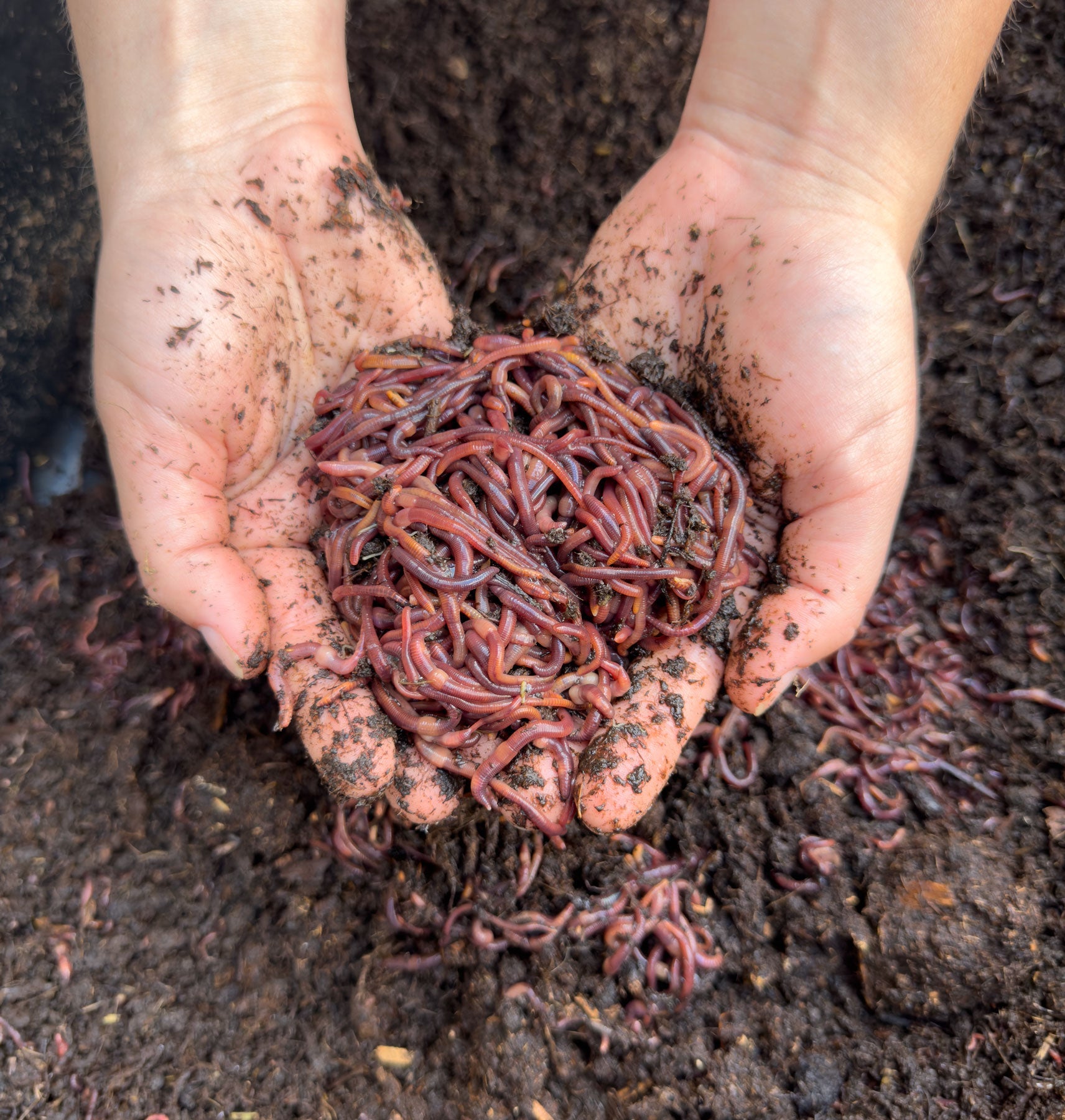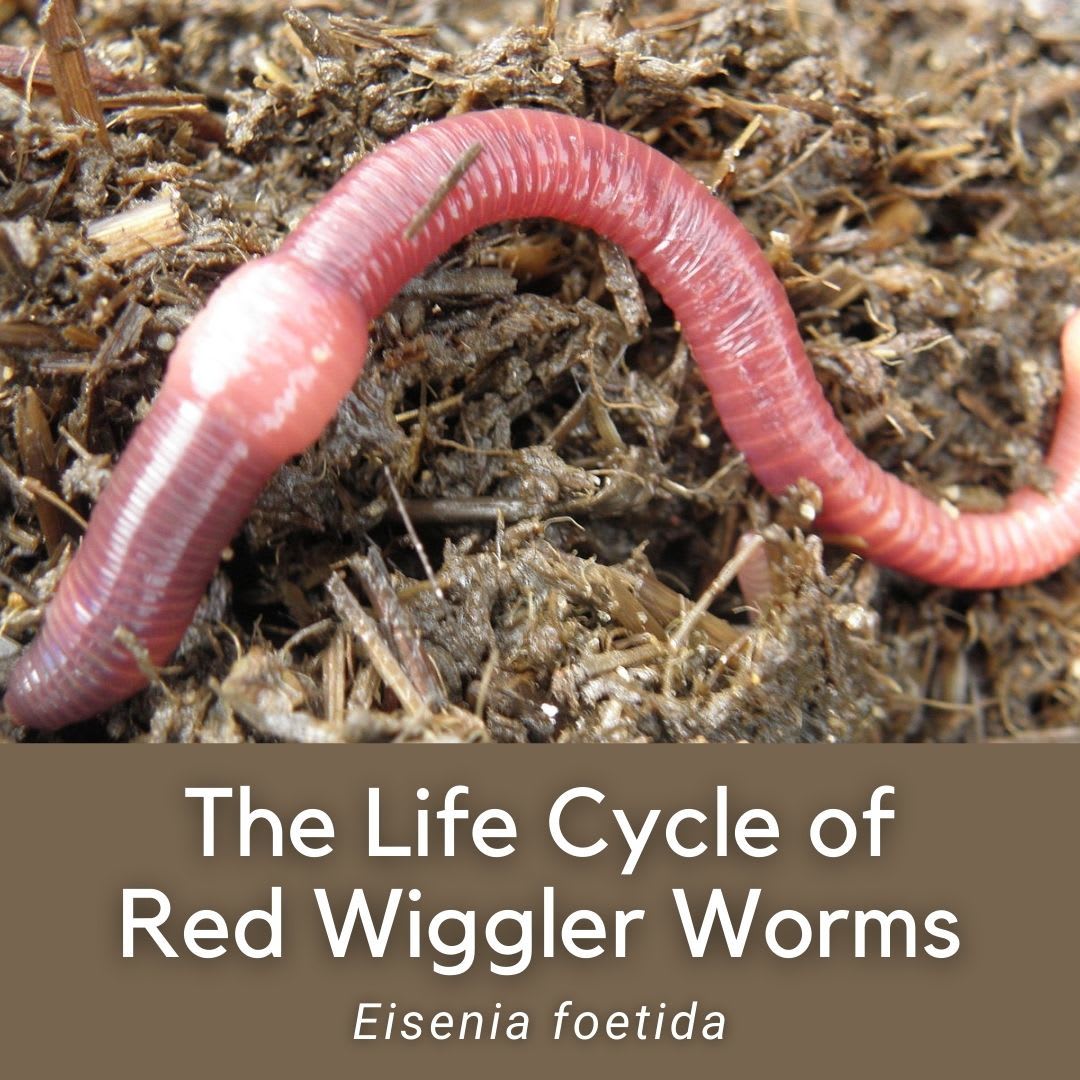Use Lake Hickory Bait for Remarkable Lawn Health and Gorgeous Greens
Open the Tricks of Red Wigglers: Your Overview to Composting Success
The assimilation of red wigglers into composting practices offers a significant chance for improving soil health and promoting sustainability. These microorganisms are not merely effective recyclers of natural waste; they use a myriad of benefits that can transform yard monitoring. Comprehending their needs and actions is essential for maximizing their potential, from establishing up a proper worm container to feeding them the ideal materials. As we discover the essential components of effective vermicomposting, one might ask yourself just how these small animals can cause a more dynamic and efficient garden environment.

What Are Red Wigglers?
(Lake Hickory Bait)Red wigglers, scientifically referred to as Eisenia fetida, are a types of earthworm primarily made use of in composting because of their remarkable capacity to break down natural matter successfully. These worms are defined by their reddish-brown pigmentation and a segmented body, typically gauging between 3 to 4 inches in size. Unlike other earthworm species, red wigglers prosper in rich, organic settings, making them perfect for vermicomposting systems.
Belonging To The United States And copyright, they are often located in rotting fallen leaves and compost heap, where they play a crucial function in nutrient recycling. Their adjustment to living in a damp, aerobic atmosphere allows them to consume big amounts of organic waste, breaking it down right into nutrient-rich spreadings that enhance dirt wellness.
Red wigglers recreate swiftly, with a solitary worm capable of creating numerous cocoons each week, each including several hatchlings. This quick reproduction rate adds to their performance in composting operations. They choose temperatures in between 60 ° F and 80 ° F, and their task level enhances substantially within this array, more aiding in the decomposition process. Understanding the biology and habits of red wigglers is vital for optimizing their possibility in composting applications.
Advantages of Making Use Of Red Wigglers
Harnessing the power of red wigglers in composting uses many advantages that improve soil wellness and advertise lasting waste administration. These exceptional organisms effectively break down raw material, changing cooking area scraps and backyard waste right into nutrient-rich vermicompost. This completed product is extremely useful for plant growth, as it improves soil structure, raises dampness retention, and improves nutrition availability.

(Lake Rhodhiss Bait)Furthermore, the presence of red wigglers in your composting system can speed up the composting process, generating top notch compost in a portion of the time contrasted to standard methods. The spreadings created by these worms are additionally bursting with useful microorganisms that additionally enrich the soil community.
Establishing Your Worm Bin
Developing an effective worm container is a straightforward procedure that can considerably boost your composting initiatives. The very first action is choosing an ideal container. Worm bins can be made from plastic storage space containers, wooden boxes, or readily available worm bins. Guarantee the container has sufficient water drainage and ventilation holes to preserve optimal wetness degrees and air movement.
Next, prepare the bedding product, which serves as the worms' habitat. A mix of shredded paper, cardboard, and coconut coir works well, giving a comfy setting for the worms. Objective for a bed linen deepness of concerning 4-6 inches. Dampen the bedding lightly, ensuring it looks like a moist sponge without excess water merging near the bottom.

Feeding Your Red Wigglers
To make sure the health and productivity of your red wigglers, it is necessary to supply them with a well balanced diet that fulfills their nutritional demands. Red wigglers prosper on a diverse selection of organic products, which weblink not only provide essential nutrients however also advertise efficient composting.
Beginning by incorporating cooking area scraps such as vegetable peels, fruit cores, and coffee premises. Avoid citrus fruits, onions, and garlic, as these can be destructive to worm wellness. Additionally, introduce shredded paper, cardboard, and dry leaves to produce a well-aerated environment.
Feeding frequency should be kept an eye on; typically, worms can eat half their body weight in food weekly. It is important to avoid overfeeding, as excess food can cause undesirable odors and draw in pests. A great technique is to include food in percentages, enabling worms to refine it prior to introducing a lot more.
Maintaining moisture degrees is additionally important; the bed linens must be wet but not soggy. Last but not least, make sure to on a regular basis check the temperature and pH levels of the container to make certain an optimal atmosphere for your red wigglers, inevitably boosting their composting efficiency.
Harvesting and Making Use Of Garden Compost
An effective composting process with red wigglers culminates in the rich, dark garden compost called vermicompost, which can dramatically improve soil health and wellness and plant development. Gathering this nutrient-dense material usually occurs every 3 to 6 months, depending on the size of your system and the quantity of raw material being refined.
To collect, carefully separate the garden compost from the worms and any type of undecomposed materials. One reliable method involves relocating the components of the bin away and adding fresh bedding and food to the void, encouraging the worms to move. After a few days, the garden compost can be gathered from the contrary side.
It is necessary to utilize vermicompost properly to optimize its benefits. By including vermicompost into your horticulture regimen, you not only reuse natural waste but likewise develop a flourishing ecological community that supports sustainable gardening techniques.
Conclusion
In recap, red wigglers offer as outstanding allies in composting initiatives, changing natural waste into nutrient-rich vermicompost. By understanding the optimal conditions for their habitat, feeding requirements, and garden compost harvesting strategies, garden enthusiasts can boost dirt health and wellness and promote plant vigor.